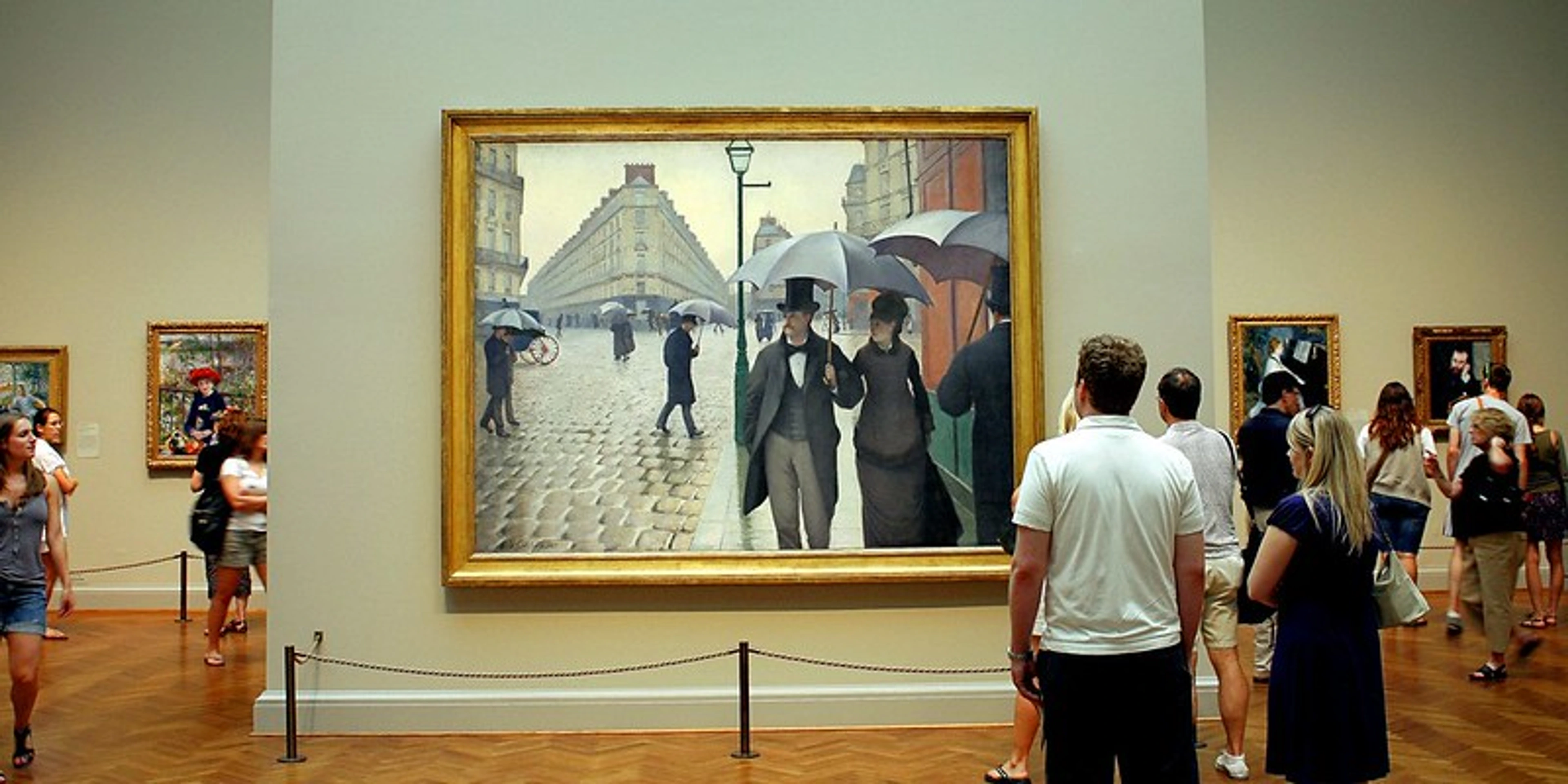
Modern Art Types Explained: A Personal Journey Through Movements
Feeling lost in the world of modern art? Join me on a personal journey through the key movements and types, from Impressionism to Abstract Expressionism, and find your own connection.
Navigating the Maze: A Personal Guide to Understanding Modern Art Types
Okay, let's be honest. Have you ever walked into a museum, stood in front of a painting that looks like a toddler had a paint fight with a canvas, and thought, "This is art?" Yeah, me too. Modern art can feel like a secret club with a language you don't speak. But stick with me, because once you start pulling back the layers, it's less about 'getting it' and more about feeling something, seeing something new. It's a journey, and frankly, my journey has been full of delightful surprises (and a few head-scratchers).
Modern art isn't just one thing; it's a whole era, a wild explosion of ideas and styles that kicked off roughly from the late 19th century and kept shaking things up well into the mid-20th. It was a time when artists decided the old rules were, well, old. They looked at the world changing around them – industrialization, new ways of thinking, photography challenging traditional painting – and thought, "Right, time to do something completely different."
Think of it less as a straight line and more like a branching tree, or maybe a chaotic garden where everything is growing in weird and wonderful directions. Each 'type' or movement was a group of artists saying, "This is how we see the world now," or "This is how we feel the world now." And honestly, trying to keep track of them all can feel like trying to herd cats. But let's dive into some of the big ones that really defined this era.
The Dawn of a New Era: Impressionism and Beyond
It all started getting a bit... blurry. The Impressionists were the rebels who left their studios and painted outside, trying to capture the fleeting moment, the effect of light. They weren't interested in perfect detail, but the impression of a scene. Think soft brushstrokes, vibrant colors capturing sunlight on water or the buzz of city life.
![]()
It felt revolutionary at the time, and honestly, standing in front of a Monet still feels like stepping into a sunbeam. If you want to dive deeper into this, check out my Ultimate Guide to Impressionism.
Then came the Post-Impressionists. They took the Impressionists' palette and freedom but added more structure, symbolism, or emotional intensity. Van Gogh, with his swirling skies and intense colors, is a perfect example. He wasn't just painting a starry night; he was painting how it felt to him. Cézanne was busy breaking down forms, paving the way for even wilder things.
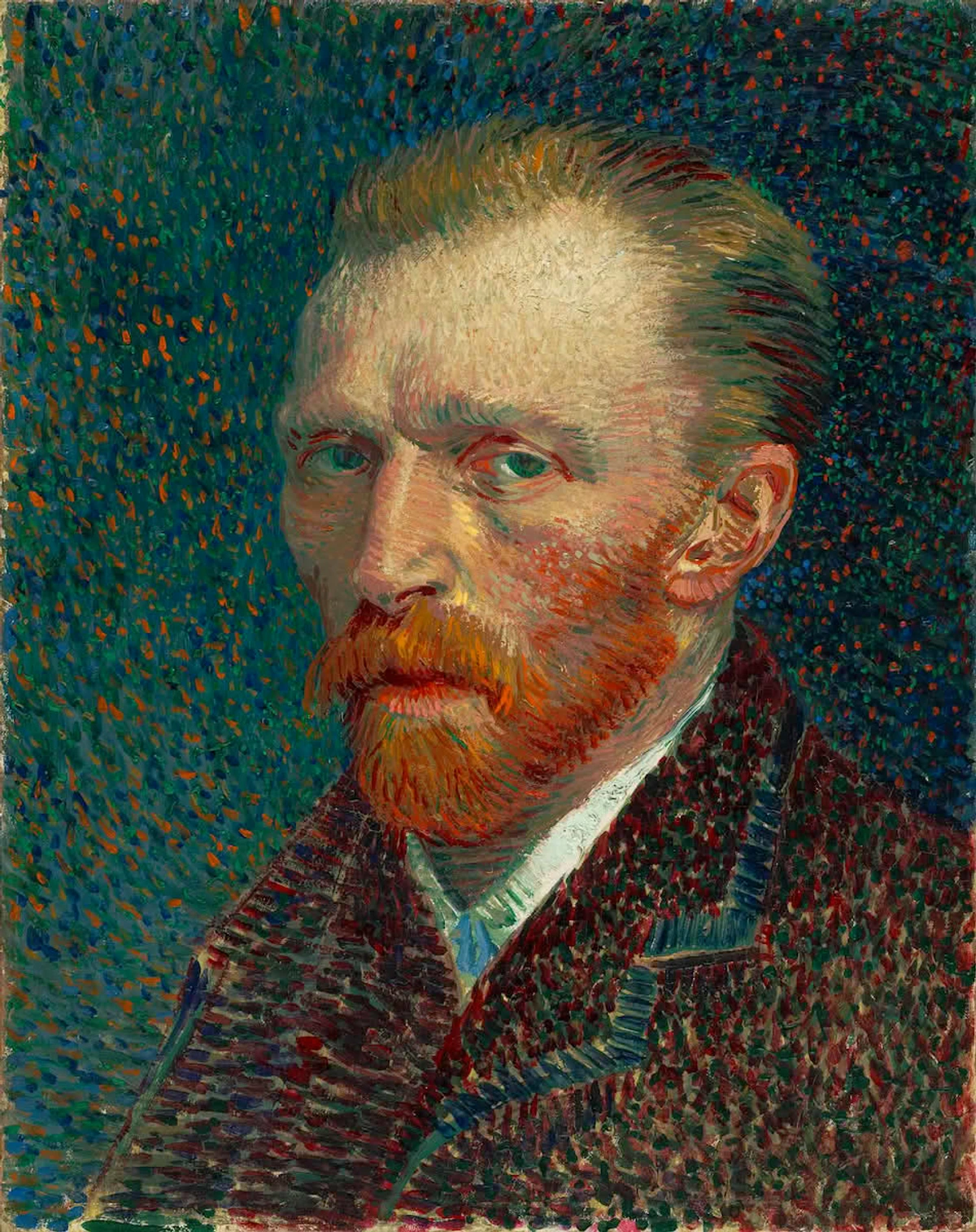
My own journey often feels like a mix of these – trying to capture a feeling, but also wrestling with structure. It's a constant push and pull.
Color, Emotion, and Shattered Reality
Things got really interesting (and sometimes, frankly, a bit alarming) with movements that prioritized emotion and subjective experience over realistic depiction.
Fauvism was like Impressionism on steroids, but with colors chosen for their emotional impact rather than reality. Think trees that are bright red or portraits with green faces. Matisse was a master of this, using color to create joy and energy. It's bold, it's vibrant, and it just makes you feel something.
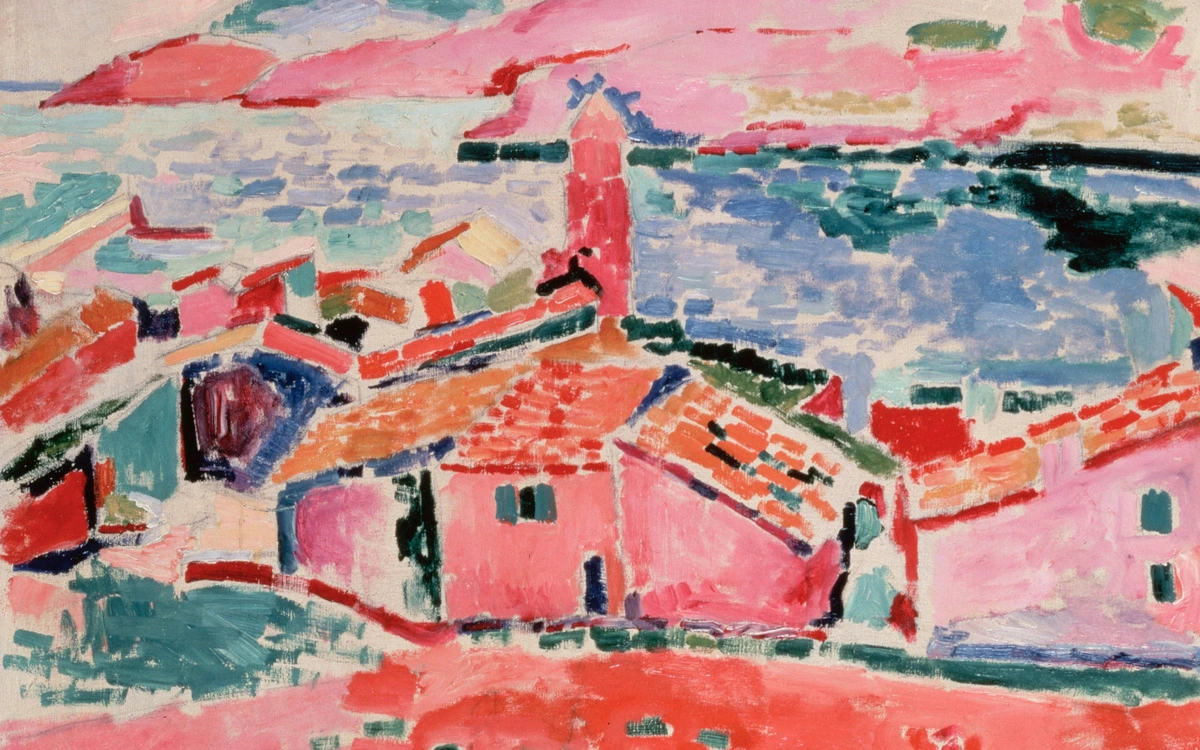
If Fauvism was about color, Expressionism was about raw emotion. Artists like Edvard Munch (yes, The Scream) wanted to show the inner turmoil, the anxiety, the psychological state. Their work can be intense, distorted, and sometimes unsettling, but it's incredibly powerful. It's art that feels deeply, as I explored in my Ultimate Guide to Expressionism.
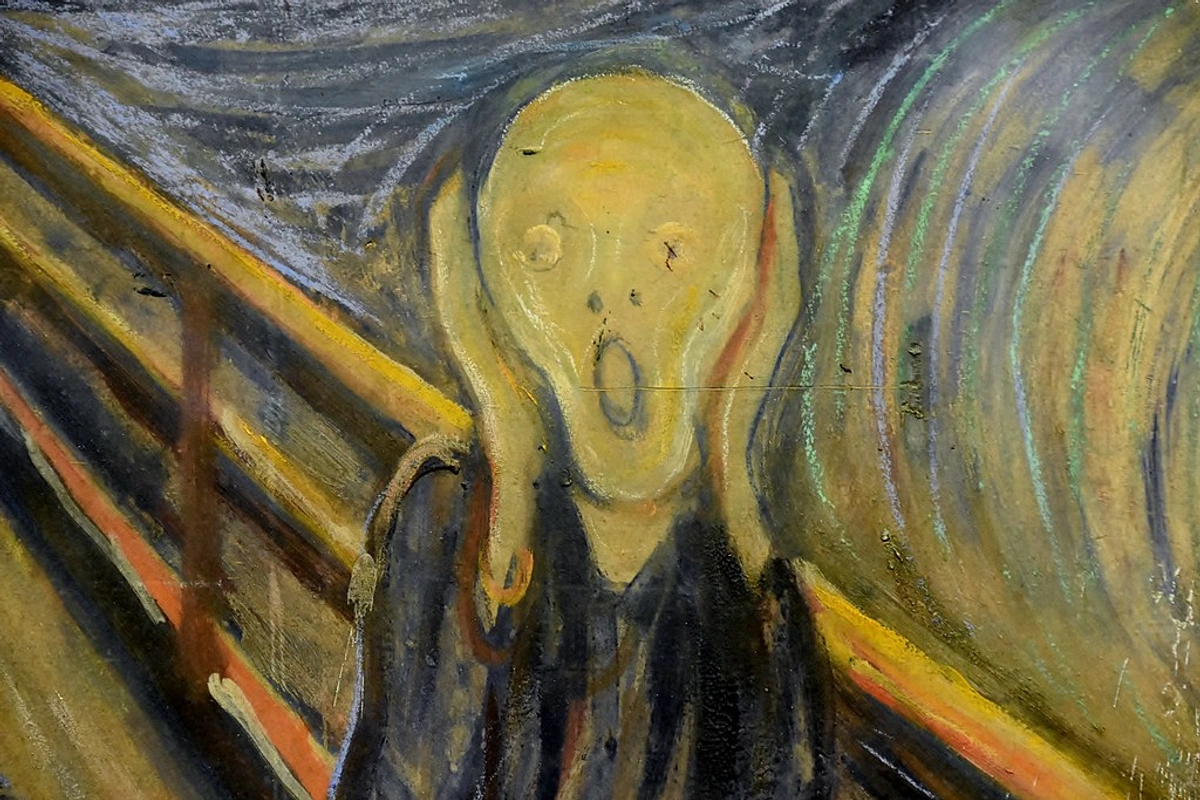
Then came Cubism, led by the one and only Picasso (and Braque). This is where reality really started to get... fractured. Cubists broke objects down into geometric shapes and showed them from multiple viewpoints at once. It's like looking at something through a kaleidoscope. It challenged how we see and represent the world. My Ultimate Guide to Cubism goes into how they shattered reality.
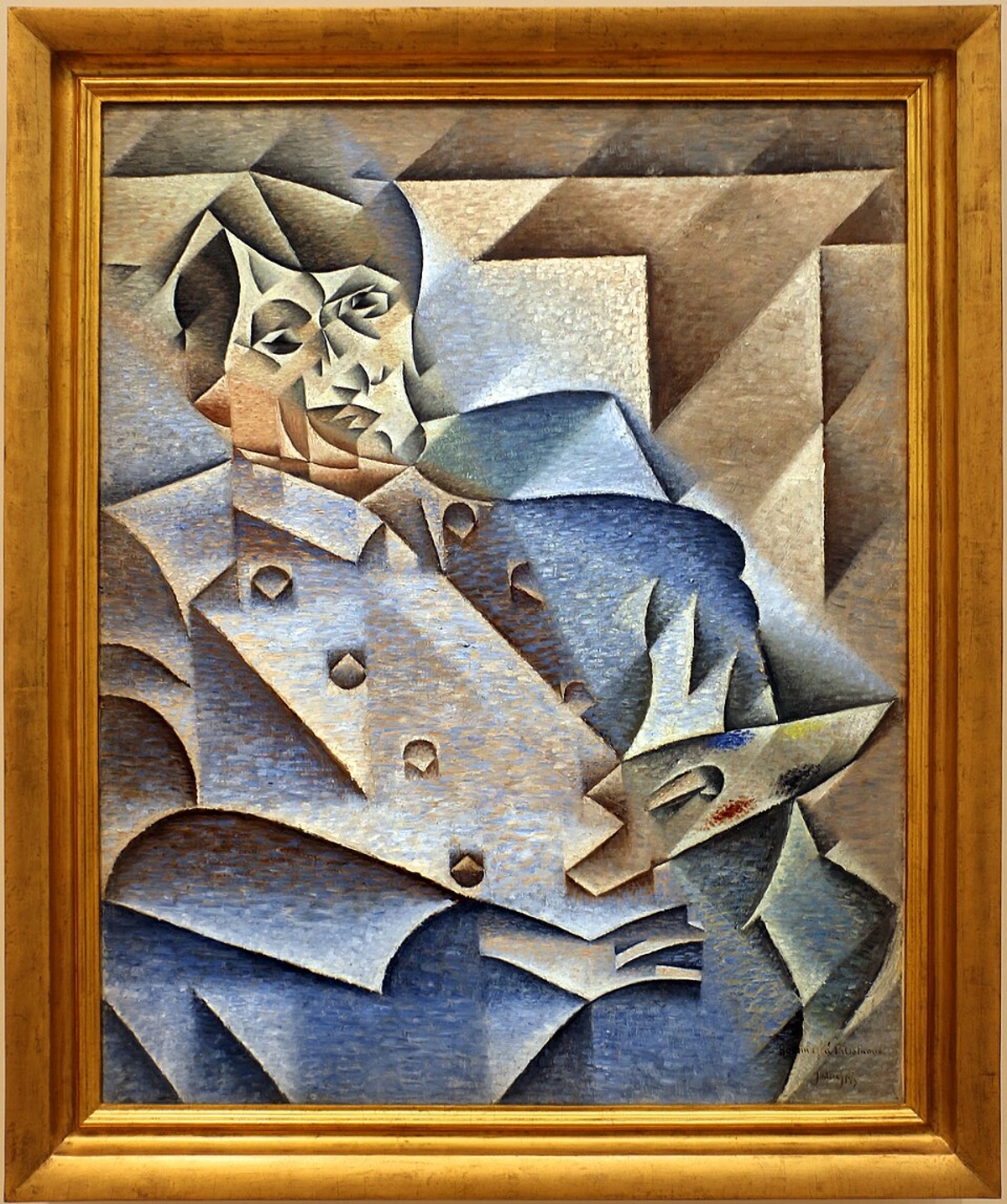
The Leap into Abstraction and the Subconscious
As the modern era progressed, some artists felt the need to move away from representing the visible world altogether. This is where Abstract Art really takes off. Artists like Kandinsky believed art could communicate directly through color and form, like music. Mondrian sought universal harmony through simple geometric grids and primary colors.
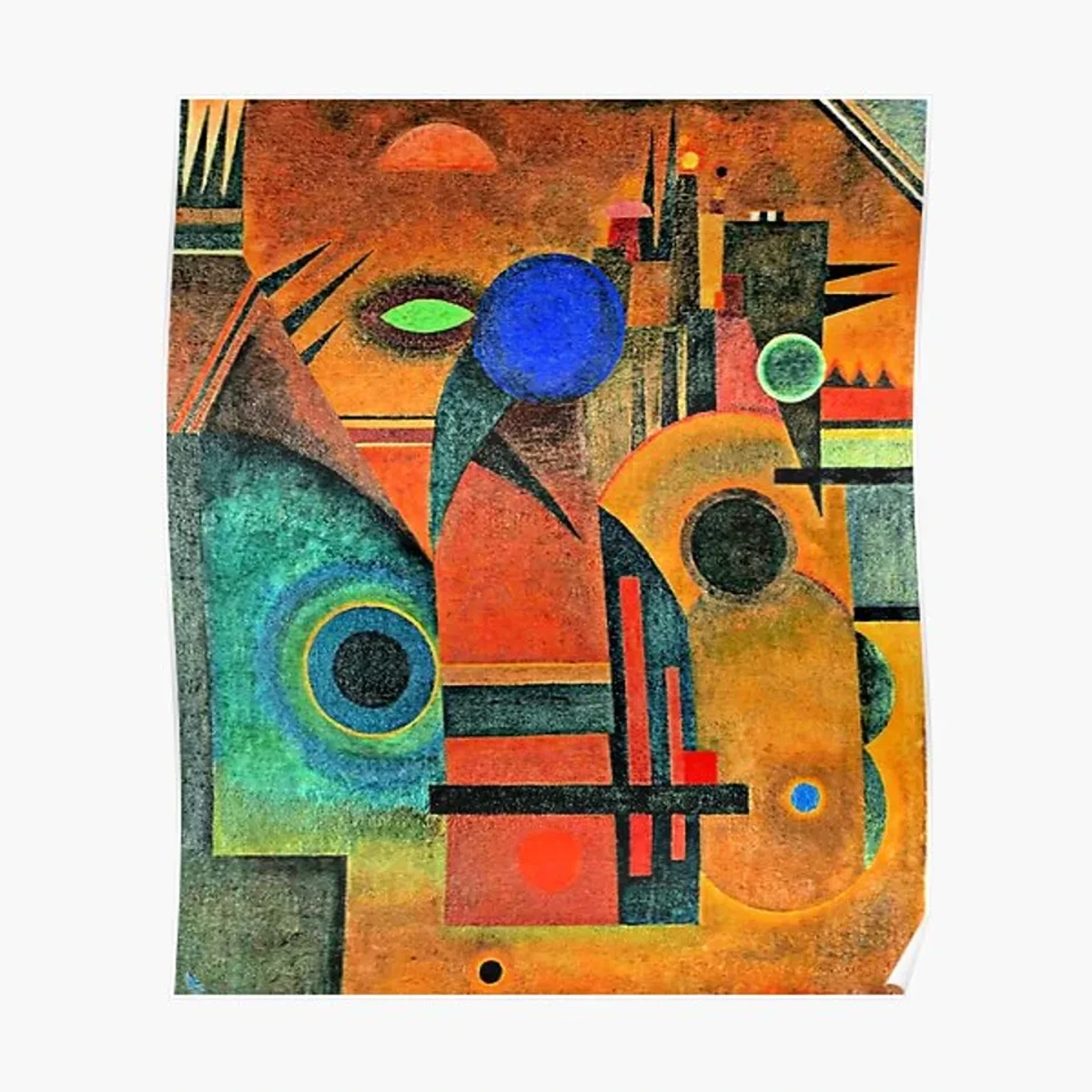
Abstract art can be intimidating, but I find it incredibly freeing. It's less about 'what is it?' and more about 'how does it make me feel?'. If you're curious about making your own, I even have a guide on How to Make Abstract Art.
Meanwhile, inspired by psychology and dreams, Surrealism explored the subconscious mind. Dalí's melting clocks or Magritte's men in bowler hats floating in the sky – it's weird, it's illogical, and it's fascinating. It taps into that strange, often humorous, world of dreams.
And then, after World War II, came Abstract Expressionism in New York. This was big, bold, and often messy. Artists like Jackson Pollock with his drip paintings or Mark Rothko with his glowing color fields focused on the act of painting and the emotional impact of large-scale abstraction. It's art that demands your presence.
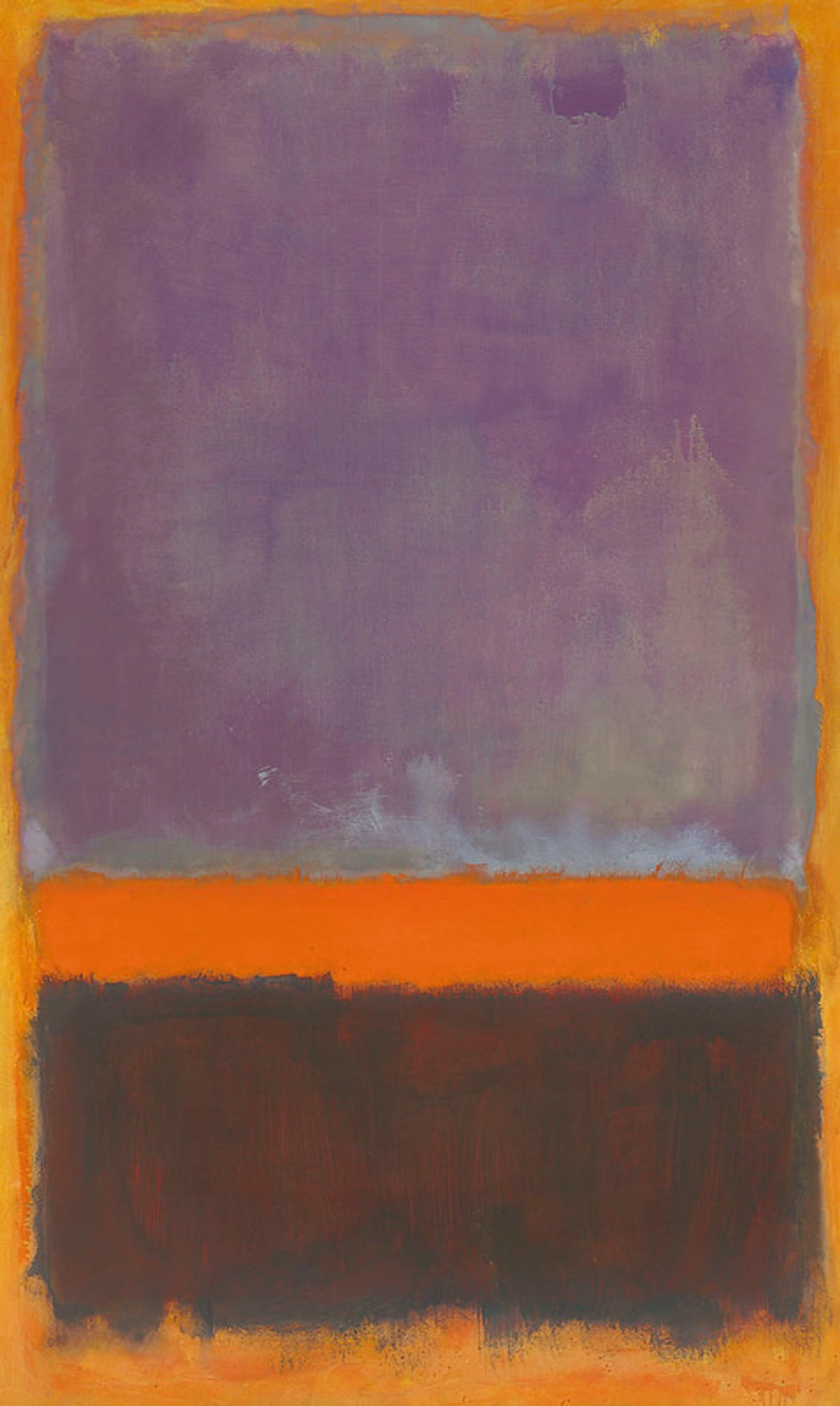
More Types, More Perspectives
Modern art is a vast landscape, and we've only scratched the surface. There's also:
- Dada: Born out of disillusionment from WWI, it was anti-art, nonsensical, and rebellious. Think Duchamp's urinal.
- Constructivism: Geometric abstraction, often with a social or political purpose, particularly in Russia.
- Bauhaus: More of a school and design philosophy, but hugely influential on modern art, architecture, and design with its focus on function and form.
And many, many more! It can feel overwhelming, but remember, you don't need to know every single one. It's about finding what resonates with you.
Finding Your Way Through the Modern Art World
So, how do you go from feeling confused to finding something you connect with? My advice, based on my own meandering path, is just to look. Go to museums and galleries. Don't feel pressured to like everything. Stand in front of a piece and just see how it makes you feel. Does the color grab you? Does the shape intrigue you? Does it annoy you? (That's a valid reaction too!).
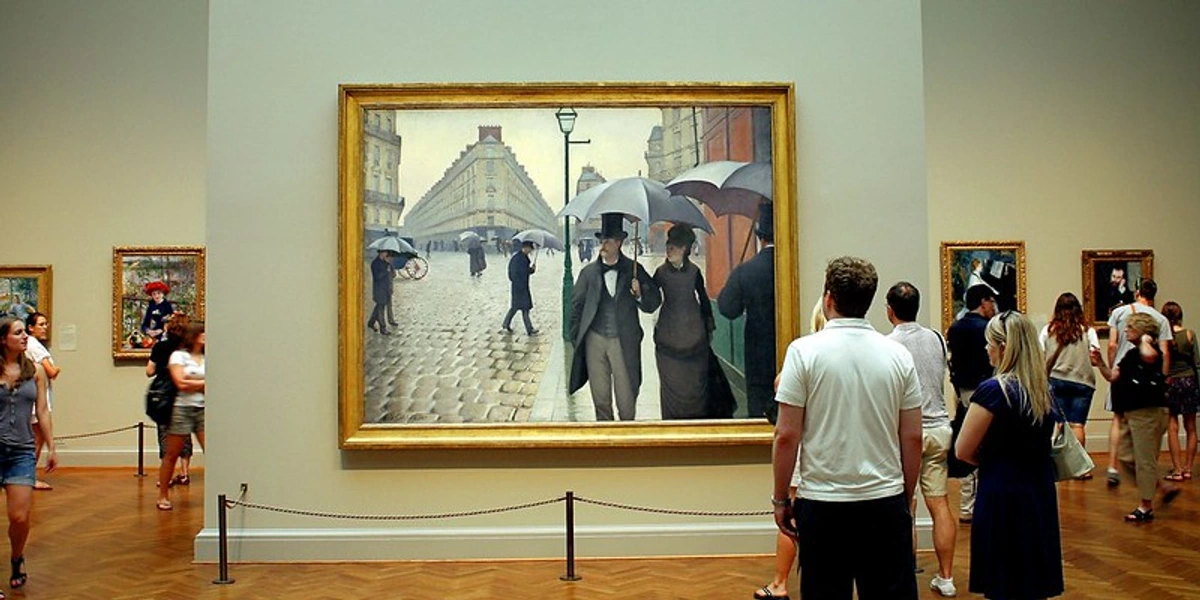
Visiting places like the MoMA in New York, the Tate Modern in London, or the Stedelijk Museum in Amsterdam (close to my own museum in 's-Hertogenbosch!) can be eye-opening. They have incredible collections that showcase these different types.
Read about the artists. Sometimes knowing a little about their life or what they were trying to achieve can unlock a piece for you. Explore guides to Modern Artists or Famous Modern Art.
And if you find something you love, something that speaks to you, maybe consider bringing it into your own space. Collecting art, even just a print or a piece from an emerging artist, can be incredibly rewarding. I've written a lot about buying art and decorating with art if you're curious.
FAQ: Your Modern Art Questions Answered (Sort Of)
Here are a few things people often wonder about modern art:
- Is modern art just random? Often not! While some movements embraced chance or spontaneity, most modern art is deeply considered, even if it doesn't look like a traditional painting. The 'randomness' might be a deliberate choice to challenge norms or express chaos.
- Why is it so expensive? Ah, the million-dollar question! Price in the art world is complex – it involves the artist's reputation, historical significance, market demand, provenance, and sometimes, yes, hype. It's not just about the paint on the canvas. I touched on this in Understanding Art Prices.
- How can I learn to appreciate it? Patience and exposure! Look, read, visit. Don't try to intellectualize everything at first. Just let yourself react. Over time, you'll start seeing patterns, connections, and things you genuinely enjoy.
- Is it the same as contemporary art? Not quite. Modern art generally refers to the period roughly 1860s-1970s. Contemporary art is art being made now. There's overlap and influence, but they are distinct periods. You can learn more in What is Modern Art? and Contemporary Art Meaning.
My Final Thoughts: It's Personal
Ultimately, understanding modern art types isn't about memorizing names and dates (though it helps!). It's about opening your mind to different ways of seeing and expressing the world. It's about finding the pieces that make you pause, think, or feel something unexpected. My own art journey, which you can see a bit of on my timeline, is constantly influenced by these pioneers who dared to break the mold.
So, next time you're faced with a piece of modern art that puzzles you, don't dismiss it. Lean in. Ask yourself what the artist might have been feeling, or what the colors and shapes evoke in you. You might just surprise yourself with what you discover.
And hey, if you find a type you particularly love, exploring prints or original pieces is a fantastic way to bring that energy into your life. You can always browse my collection if you're looking for something vibrant and abstract!




